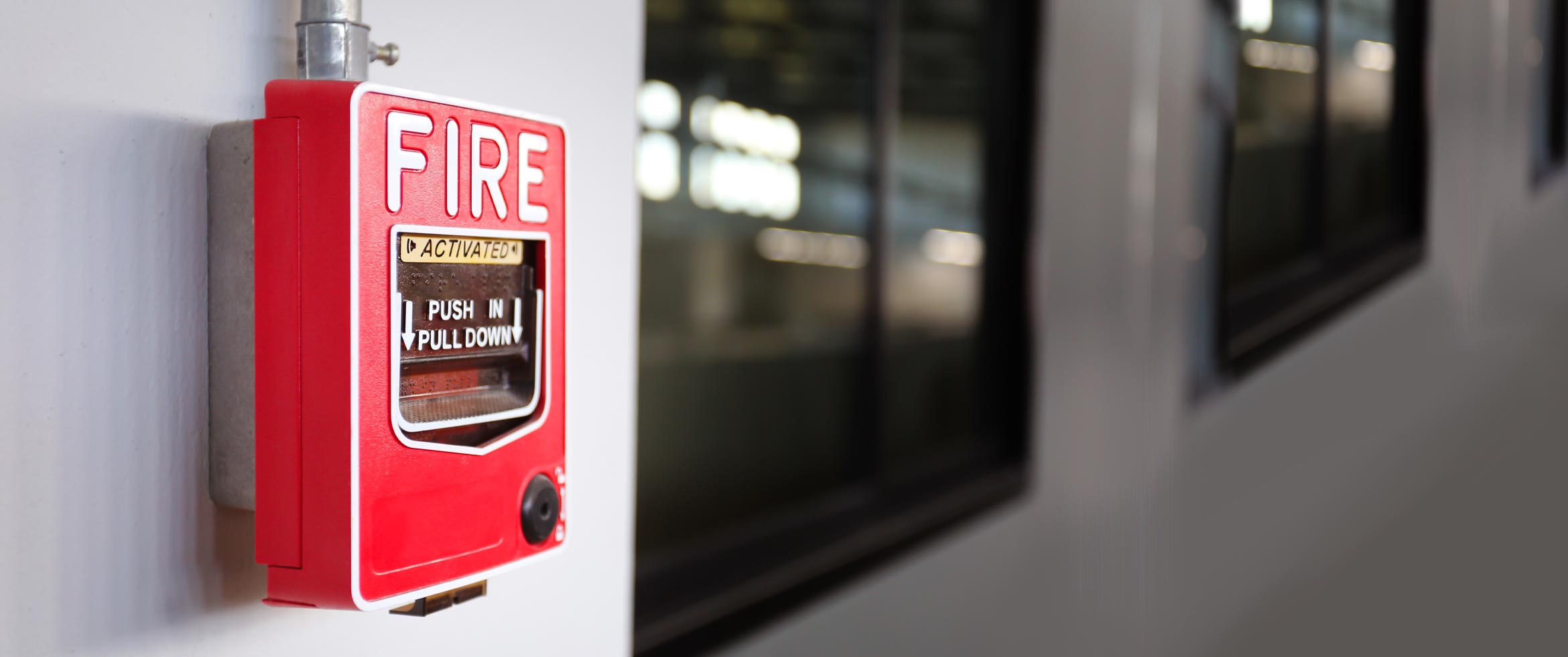
Fire safety is a critical aspect of maintaining a safe environment, whether at home, in the workplace, or public spaces. Proper knowledge and implementation of fire safety measures can significantly reduce the risk of fire incidents and save lives and property. This guide provides an in-depth look at fire safety, its importance, and essential practices to prevent and respond to fire hazards.
Importance of Fire Safety
Fires can cause devastating consequences, including loss of life, property damage, and severe injuries. The importance of fire safety cannot be overstated for the following reasons:
-
Protecting Lives: Implementing fire safety measures helps prevent injuries and fatalities caused by fire accidents.
-
Preserving Property: Fires can destroy homes, workplaces, and public infrastructure, leading to significant financial losses.
-
Ensuring Compliance: Adhering to fire safety regulations is mandatory in many jurisdictions to avoid legal penalties and ensure public safety.
-
Minimizing Business Disruptions: Fire incidents can halt business operations, resulting in revenue losses and reputational damage.
Common Causes of Fires
Understanding the common causes of fires is essential for prevention. Some of the leading causes include:
-
Electrical Malfunctions: Faulty wiring, overloaded circuits, and defective appliances can spark fires.
-
Cooking Accidents: Unattended stoves and mishandling of cooking equipment are frequent sources of kitchen fires.
-
Smoking: Improper disposal of cigarettes can ignite flammable materials.
-
Flammable Liquids: Improper storage or handling of flammable substances like gasoline or cleaning chemicals can lead to fires.
-
Heating Equipment: Portable heaters and fireplaces can ignite nearby combustible materials.
-
Arson: Intentional fire-setting is a criminal act that poses a significant risk.
Fire Prevention Tips
Prevention is the first line of defense against fire incidents Safefire-Valve help. Here are some key fire prevention tips:
At Home
-
Install Smoke Alarms: Place smoke detectors on every floor and near sleeping areas. Test them monthly and replace batteries annually.
-
Practice Safe Cooking: Never leave cooking unattended, and keep flammable items away from stovetops.
-
Inspect Electrical Systems: Check for frayed wires, overloaded outlets, and outdated electrical systems.
-
Use Candles Safely: Keep candles away from flammable materials and never leave them unattended.
-
Store Flammable Items Properly: Keep flammable liquids in approved containers and away from heat sources.
In the Workplace
-
Conduct Fire Drills: Regularly practice evacuation procedures to ensure employees know how to respond during a fire.
-
Maintain Fire Extinguishers: Place fire extinguishers in accessible locations and train employees on their use.
-
Inspect Equipment: Regularly check machinery and appliances for fire hazards.
-
Control Smoking Areas: Designate safe smoking zones with proper disposal facilities.
-
Implement Fire Safety Policies: Develop and enforce fire safety protocols tailored to your workplace.
Fire Safety Equipment
Having the right fire safety equipment is crucial for effective fire prevention and response. Essential fire safety tools include:
-
Smoke Alarms: Early detection of smoke can provide crucial time to evacuate.
-
Fire Extinguishers: Different types (e.g., water, foam, CO2, dry chemical) are designed for various fire classes.
-
Fire Blankets: Useful for smothering small fires or wrapping around a person to extinguish flames.
-
Sprinkler Systems: Automatically activate to suppress fires and minimize damage.
-
Fire Doors: Prevent the spread of fire and smoke between compartments.
-
Emergency Exit Signs: Clearly marked exits guide people to safety during an evacuation.
Responding to a Fire Emergency
Knowing how to respond during a fire can save lives. Follow these steps in the event of a fire:
-
Stay Calm: Panic can hinder decision-making and evacuation efforts.
-
Activate Alarms: Sound the fire alarm to alert others.
-
Call Emergency Services: Dial the emergency number to report the fire.
-
Evacuate Immediately: Use designated escape routes and avoid elevators.
-
Close Doors: Closing doors behind you can slow the spread of fire and smoke.
-
Use a Fire Extinguisher: Only attempt to extinguish small fires if you’re trained and it’s safe to do so.
-
Assist Others: Help those who may need assistance, such as children, elderly, or disabled individuals.
Fire Safety Education
Educating individuals about fire safety is essential for creating a fire-resistant culture. Consider the following educational initiatives:
-
Fire Safety Workshops: Organize training sessions to teach fire prevention and emergency response.
-
School Programs: Include fire safety education in school curriculums.
-
Public Awareness Campaigns: Use media platforms to spread awareness about fire hazards and safety measures.
Fire Safety Regulations
Governments and local authorities enforce fire safety regulations to ensure public safety. Common regulations include:
-
Building Codes: Standards for fire-resistant construction materials, sprinkler systems, and fire exits.
-
Occupational Safety Standards: Workplace-specific requirements, such as fire extinguisher placement and employee training.
-
Inspections and Certifications: Regular fire safety inspections and certifications for compliance.
Conclusion
Fire safety is a shared responsibility that requires awareness, preparation, and proactive measures. By understanding the causes of fires, implementing prevention strategies, and equipping spaces with fire safety tools, individuals and organizations can significantly reduce the risks associated with fire hazards. Remember, staying prepared and informed is the key to safeguarding lives and property from the devastating effects of fire.





Leave a Reply